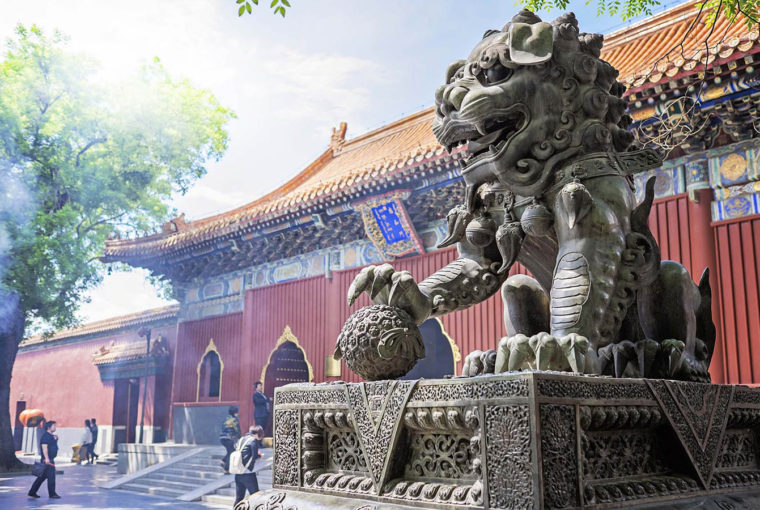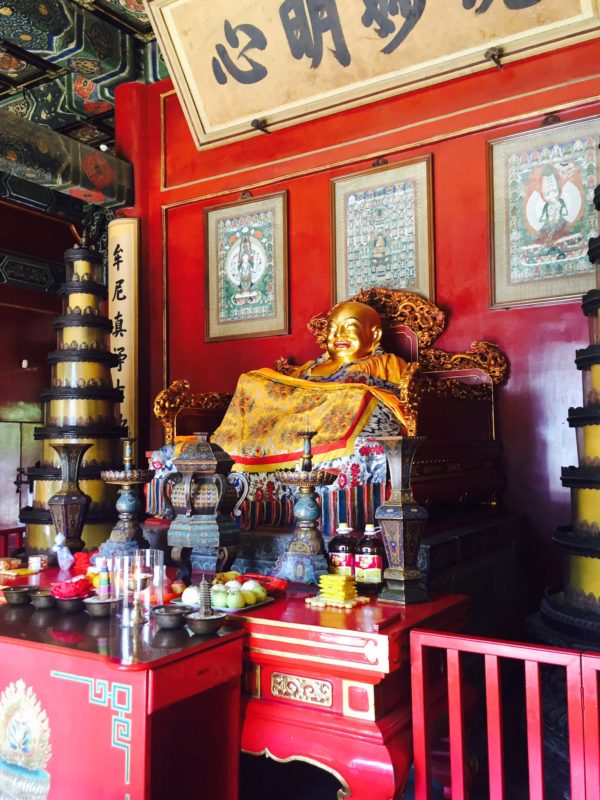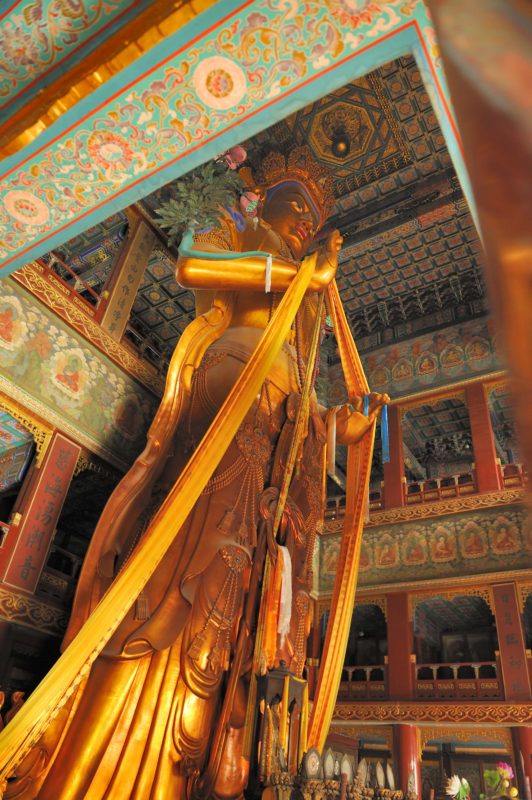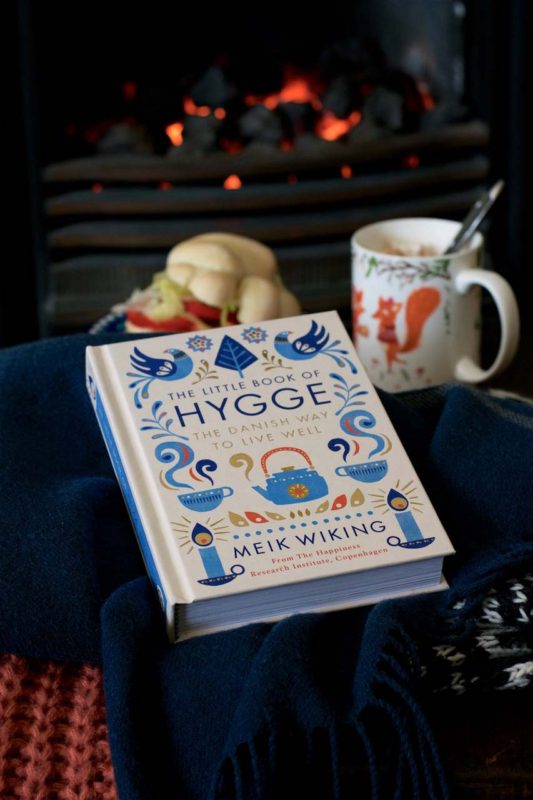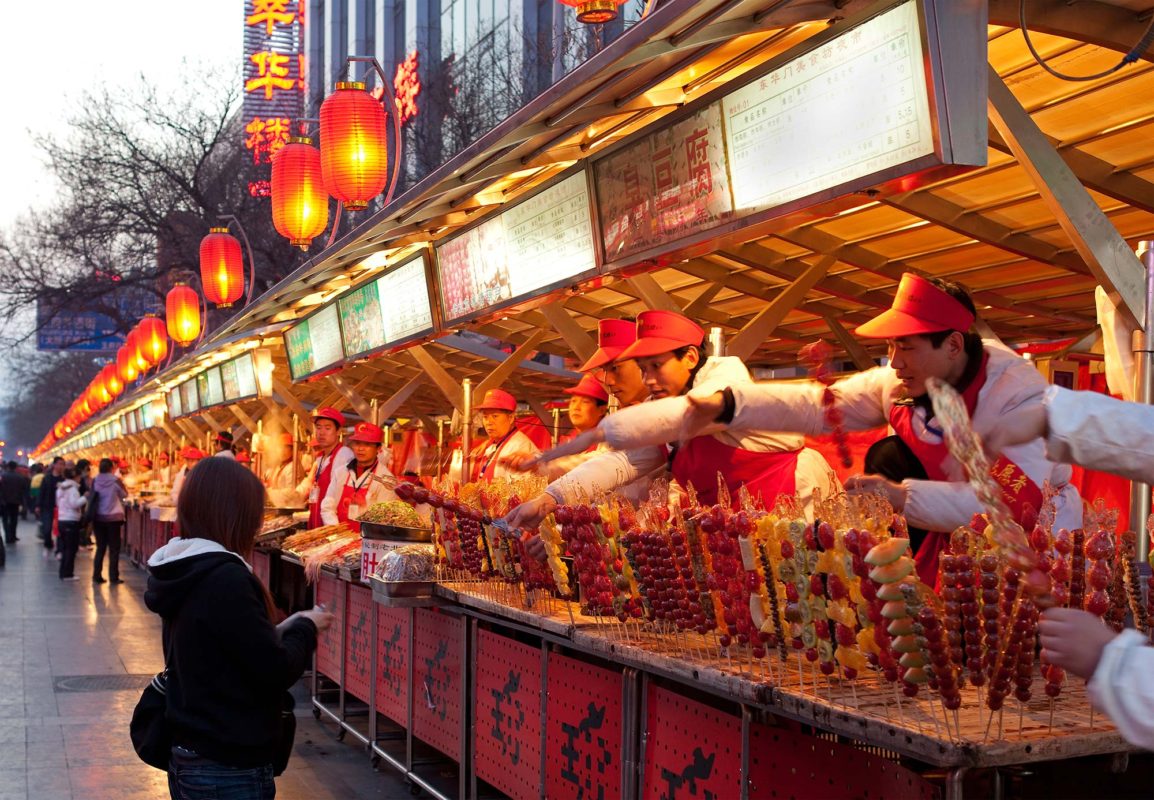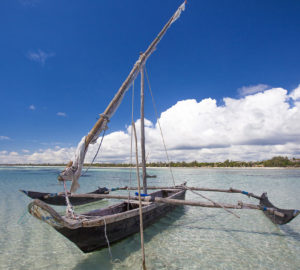In today’s hectic world of fixed routines and long work schedules where people are constantly searching for ideals of spiritual happiness and inner contentment, the need to consciously personalize happiness in your own context is important. This summer as we head out with friends and family to big beaches holidays or for group mountain vacations, Momina Aijazuddin Saeed reminds us to pause and think about the things that make us happy. In this story, amongst other getaways, she thinks back to her time in Beijing and the peace and tranquillity of the Lama Temple in spring.
Spring was in the air when I last visited Beijing. The dewy white and dusty pink magnolia trees had blossomed. People were practicing tai chi in the park while listening to lyrical Chinese piped music. Choir groups gathered together to sing patriotic songs in harmony with the temples and parks that surrounded them. A sunny weekend; a dramatic change from the horrible seven days of rain, grey and foggy pollution that had suffocated the city the week before.
I had a spare hour on a Saturday after a rough work week and before flying back to DC, I invested it in the grounds of the Yongh-he Temple and monastery, popularly known as the Lama Temple. It is the largest set of Buddhist temples in China outside Tibet. However, one does not need to be Buddhist to feel what an oasis of peace it is.
One walks through a canopy of swaying cypress trees to enter the courtyard fragrant with the musky scents of offerings to Buddha. The temple awakens at dawn when monks assemble to meditate silently. Later the public is allowed in to see younger monks in orange robes deep in their own meditation. The red robes used by the seniors are left behind, folded neatly for the next morning.
The Lama Temple has many courtyards; one leading to another, each showcasing the many Buddhas that had been offered by the then Kingdom of Tibet as gifts to appease Chinese emperors over the centuries. The largest of these Buddhas is over 200 feet tall and is carved entirely of sandalwood. A large grey bell marks the entrance of this shrine. Saffron flowers are scattered at its base. In the first courtyard, one faces a city made of jade standing on a mountaintop and another is full of pilgrims, seeking individual retreat within themselves in Wanfuge or the Pavilion of Ten Thousand Happiness.
Modern life has become so hectic the world over that people yearn for escape from its reality of busy-ness and stress. In bookstores, entire sections are devoted to the pursuit of happiness. Self-help books these days seem to offer alternate paths to salvation køb viagra. Find the new happy, urge DIY manuals; read them snuggled up with a warm blanket in the winter with hot tea or cocoa, or next to calming rippling water in the summer. The Danish even have a word for it – ‘hygge,’ pronounced ‘hoo-ga.’ This is the new in thing in the research on happiness in the West which is actually derived from an old Norwegian word. It is essentially creating consciously a new ‘cosy’. Meik Wiking has written a book extolling the virtues of this approach. It is called the Little Book of Hygge, and has been on the New York Times bestseller list. I envy Wiking his job: he is the CEO of the Happiness Research Institute (HRI) in Denmark.
Hygge is an interesting read. It explains why the Danes are the happiest people in Europe, despite the delights of pasta and wines in Italy or springtime asparagus in Germany. A lot of inner contentment has to do with the simple things in life; be it mood lighting (which explains one’s hankering for Ikea lamps), simple food or spending time with family and friends. Many of my friends in Pakistan yearn to travel solo and complain of overdoses of family commitments and obligations during the year. They yearn to escape.
The inner principles of these DIY books on spiritual happiness are simple: do more of what makes you happy and consciously personalize that in your own context. This hedonistic principle often gives me license to explore when travelling and indulge in what is difficult to do at home – going for long meandering, purposeless walks or just spending an hour outside of my normal routine.
One of my favourite escapes is to wander around food markets in different countries. That always provides interesting insight into a nation’s culture and soul. Paris has amazing food markets on its Rive Gauche or Left Bank. These small neighbourhood markets are wonderful and display an array of delicious fresh cheeses and crusty breads, the plumpest of peaches and strawberries and wonderfully mouth-watering croissants. Travelling in Uzbekistan, I notice that the pilavs served in markets are topped with air-dried raisins and dried fruit. In Vietnam, one can walk through stalls of snake wine, where the cobra is proudly displayed in fermented wine. The cobra signifies strength and is advertised as a symbol of virility.
I had been warned about the exotica on show in Beijing’s Wangfujing Food Street long before I could bring myself to stomach the experience. It took me time to prepare myself for a walk through it. However, having prided myself on being an adventurous traveller and food-taster, I succumbed to the prospect of the Chinese exotica offered there.
I should warn you. Wangfujing Street is not for the faint-hearted or the lily-livered. The main road is full of malls that sell everything from Chinese calligraphy pens to cooking chopsticks and mammoth blocks of jade. Then you turn into an innocuous-looking alley. The sensory overload is overwhelming; with sounds of hawkers pushing their fresh wares, music playing at full blast and crowds jostling to take photos of exotic foods.
Actually, exotic food is an understatement. The first stall shows row upon row of creepy crawly insects from large black scorpions to lush brown beetles. The rest of the market offers servings of beetles, scorpions, turtles and sea creatures. What I was completely unprepared for were the various starfish and seahorses which are breaded and deep-fried for extra crunchiness. At home, my innocent seven-year-old son often drags us around aquariums to see seahorses which are so perfect in their miniature size. He would have been heartbroken at the sight of these magnificent creatures in neat rows, breaded and ready to be fried and consumed as a delicacy. The beetles and scorpions had also been seasoned on bamboo sticks; flailing but alive. I admitted defeat. I ran for the nearest McDonalds.
So this summer, as you prepare for your great escape from the heat, dust and mango season and plan to head for the mountains or beaches, pause for a moment. Take a deep breath, wherever you are and think about what last made you happy. Take that moment to carry you through the rest of your busy year. Meanwhile, I will keep reminding myself how happy I am not to be a sea horse in Beijing.


